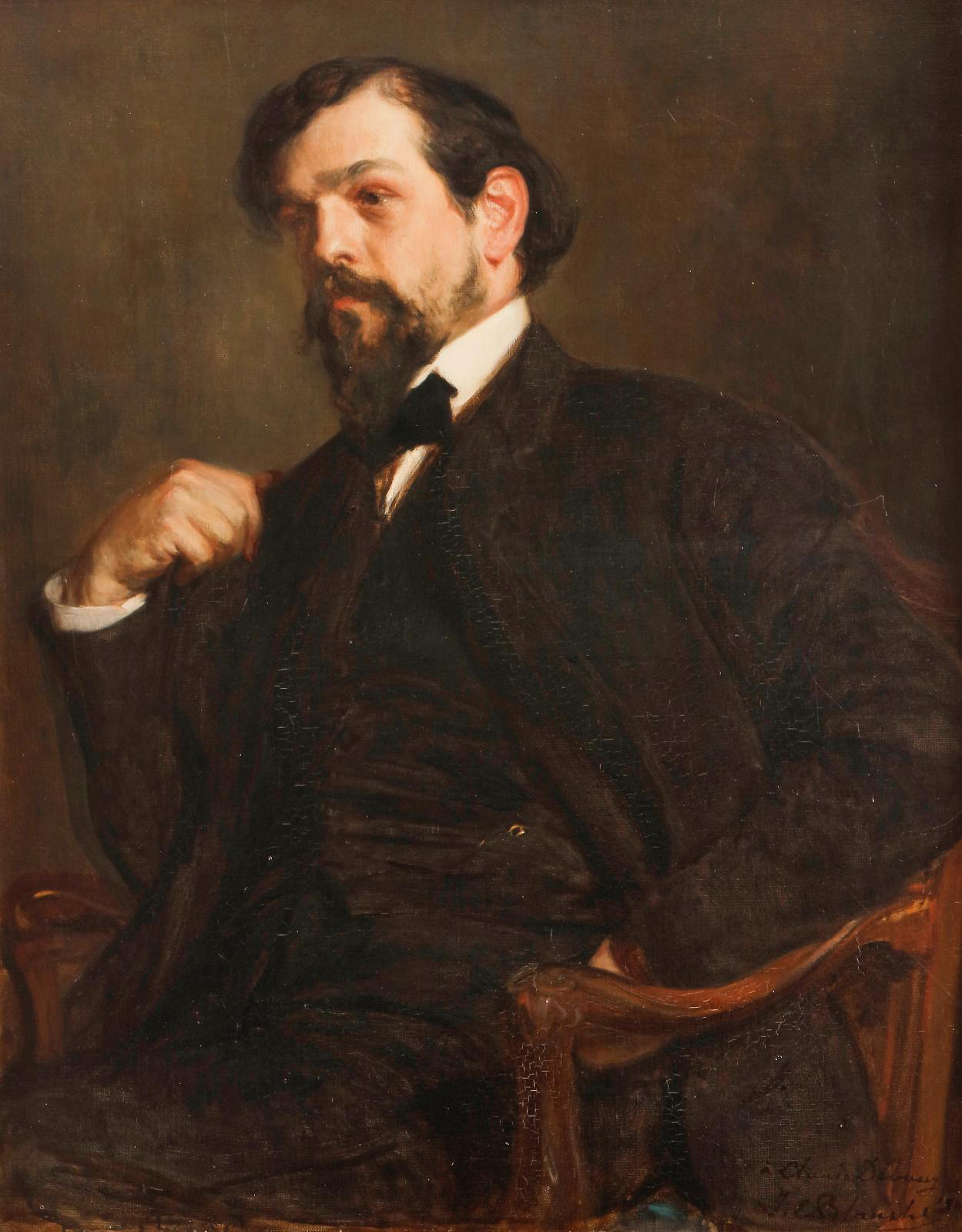In May 1889, Van Gogh began work on Green Peacock Moth which he self-titled Death's Head Moth.
The moth, called death's head, is a rarely seen nocturnal moth.
He described the large moth's colors "of amazing distinction, black, grey, cloudy white tinged with carmine or vaguely shading off into olive green".
Behind the moth is a background of Lords-and-Ladies.
Vincent van Gogh | Emperor moth, 1889 (detail) | Van Gogh Museum, Amsterdam








